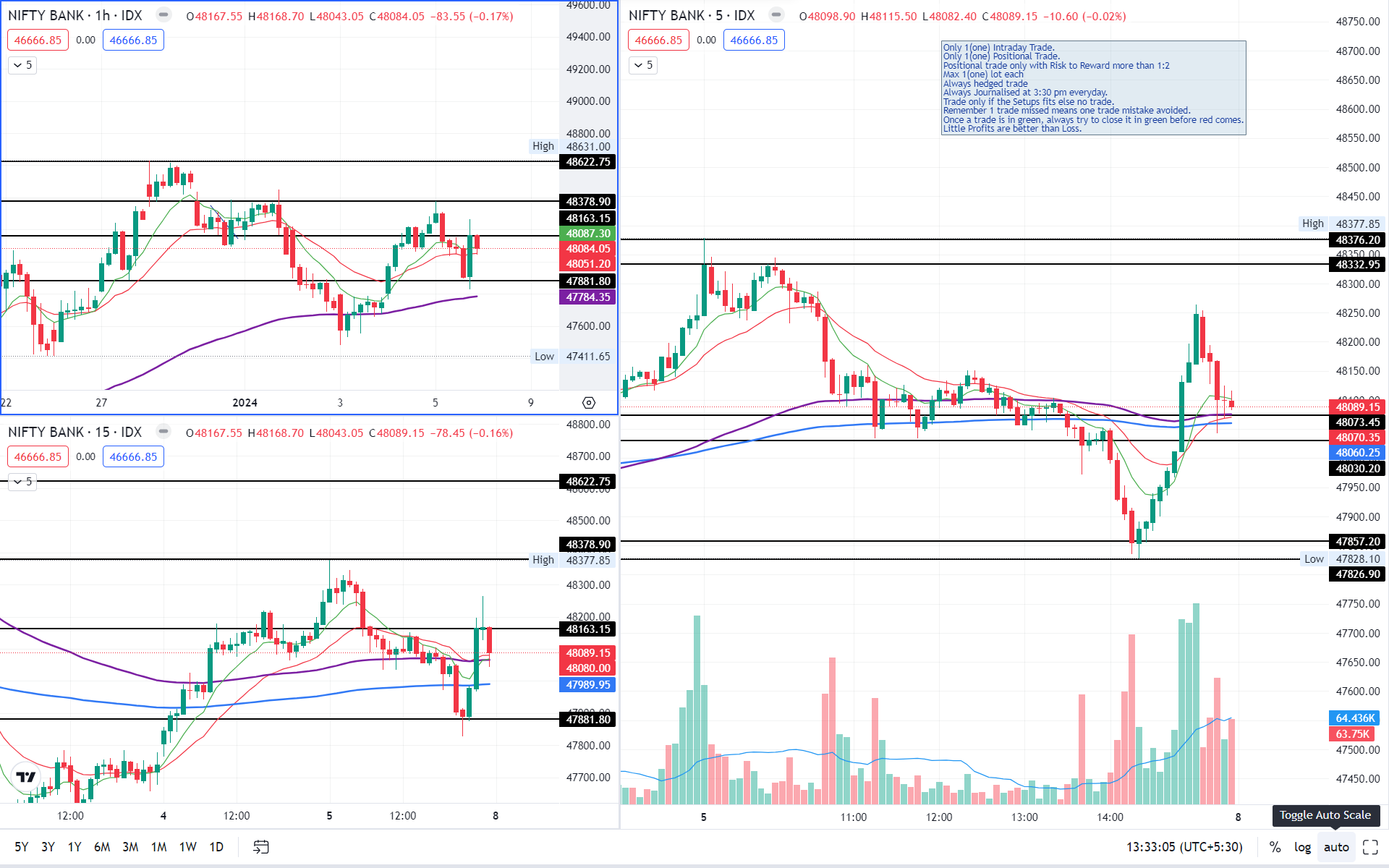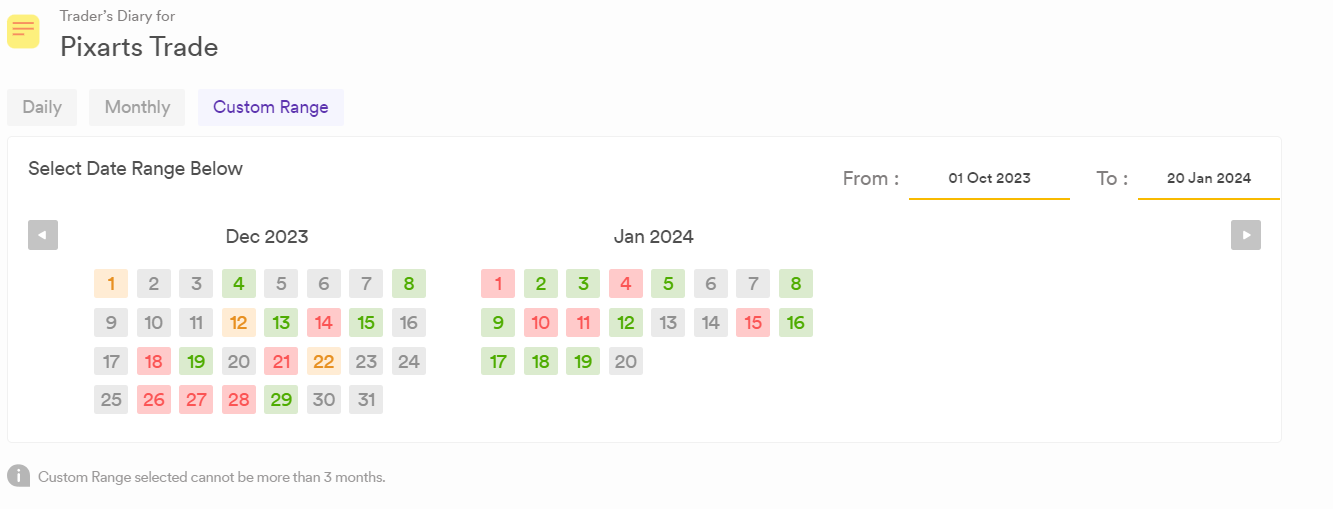Trading is All About
#pixarts.trade , Blogs
Trading in Stock Market especially risky instruments such Options and Futures should have:
Trading in Stock Market especially risky instruments such Options and Futures should have:-
- Proper Planning ( Following a strict Trading System – with Entry, Exit & Stop loss Defined)
- Patience in Sticking to the Plan ( Not be swayed by Greed, Fear, or any other Emotion at any cost).
- Understanding the instruments and its behavior ( Before Diving into any instruments one should have a proper study and understand the instruments and its behavior that he is trading )
- Learning how to control emotions and understanding our own psychology strengths and weaknesses and how to control/suppress them.
- Maintaining a proper Risk to Reward Ratio.
- Setting a horizon for gains, There is nothing called quick and easy money in Stock Market.
PLANNING A TRADING SYSTEM
Planning before making a trade is a crucial step in successful investing or trading. Here are some key elements to consider when planning your trades:
- Define Your Objective: Clearly define your trading objective. Are you looking for short-term gains, long-term growth, income generation, or risk mitigation? Your strategy will depend on your goals.
- Risk Tolerance: Assess your risk tolerance before entering a trade. Determine how much of your capital you are willing to risk on a single trade. This will help you set stop-loss orders and manage potential losses. On the basis of the risk tolerance define a fixed amount that you are willing to loose and maintaining this risk for a fixed horizon or period. For me I maintain 3(three) months period.
- Research and Analysis: Conduct thorough research on the asset or financial instrument you are considering. Fundamental and technical analysis can provide insights into the potential risks and rewards of a trade.
- Technical Analysis: Use technical analysis tools to identify trends, support/resistance levels, and potential entry and exit points. Common technical indicators include moving averages, RSI (Relative Strength Index), MACD (Moving Average Convergence Divergence), and trendlines.
- Fundamental Analysis: Consider the underlying factors that may impact the asset’s value, such as economic indicators, earnings reports, and geopolitical events.
- Create a Trading Plan: Develop a detailed trading plan that includes your entry and exit points, stop-loss levels, position size, and risk-reward ratio. Stick to your plan to avoid emotional decision-making.
- Risk-Reward Ratio: Evaluate the risk-reward ratio for each trade. A favorable ratio ensures that potential profits outweigh potential losses. Always maintain a fixed R:R over a fixed horizon or period. Again For me I maintain 3(three) months period.
- Position Sizing: Determine the appropriate position size based on your risk tolerance and the size of your trading account. Never risk more than you can afford to lose on a single trade. Always maintain a fixed Position size over a fixed horizon or period. Again For me I maintain 3(three) months period.
- Stay Informed: Stay updated on market news and events that may impact your trades. Be aware of economic releases, corporate announcements, and other factors that can influence the markets.
- Set Stop-Loss and Take-Profit Orders: Use stop-loss orders to limit potential losses and take-profit orders to secure profits at predefined levels. This helps automate your trading strategy and removes emotions from decision-making.
- Monitor the Trade: Keep a close eye on your trades once they are initiated. Adjust your stop-loss and take-profit levels if necessary, based on changing market conditions.
- Record Keeping: Keep a trading journal to document your trades, including the rationale behind each decision. Analyzing past trades can help you identify strengths and weaknesses in your trading strategy. All Activities and trades are to be recorded and diarised.
Remember that trading involves risks, and no strategy can guarantee success. Continuous learning, adaptability, and discipline are essential for long-term trading success.

MY METHOD
- Identifying good stocks and investing in them for long term horizon
- Use these stocks for pledging to generate about 65% – 70% of the fund
- Keep 30% – 35% Cash fund in brokers account.
- Trade on Expiry to 1 day to expiry instruments, Mostly MIS trades except few very convincing Positional trade.
- Trade on OTM strikes for smaller gains and multiply them slowly.
- Mean while Pledged stocks will generate its own gain.
